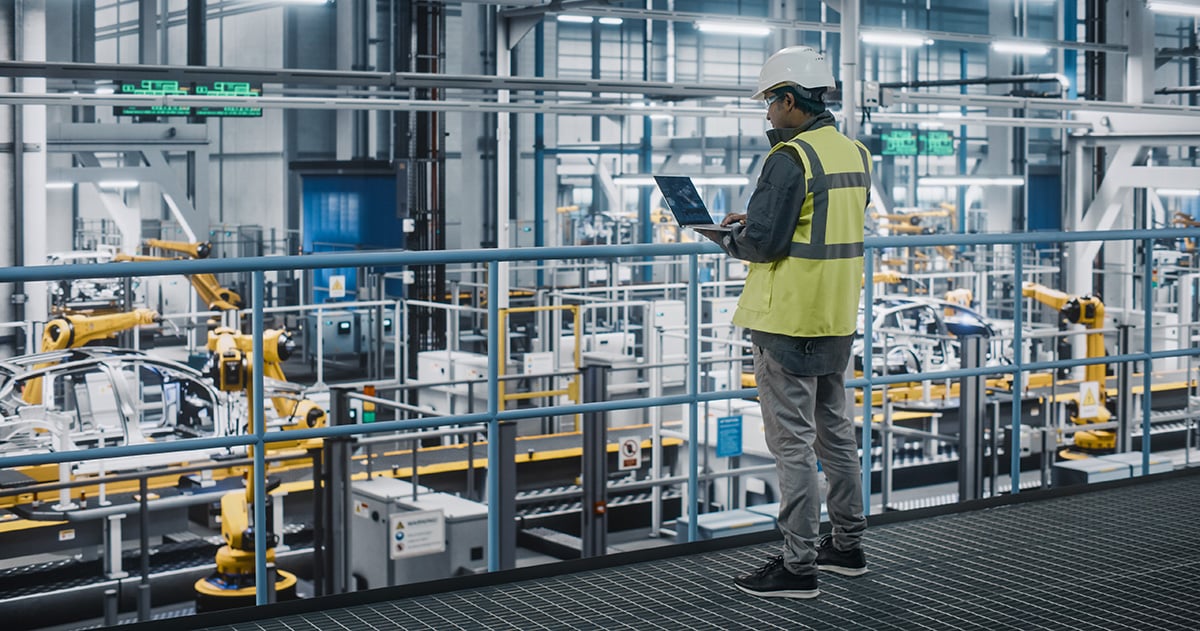What is CapEx and OpEx?
OpEx, or operational expenditure, OpEx encompasses the day-to-day expenses incurred by a business to keep its activities running smoothly. When it comes to energy efficiency projects, OpEx can cover the ongoing costs of making sure your systems run like a well-oiled machine; this can be utility bills, maintenance costs, waste management, insurance costs, or any other consistent bills.
Capital expenditure, or CapEx, is what businesses use to invest in acquiring, upgrading, or maintaining physical assets, such as buildings, machinery, or technology, with the expectation of generating long-term benefits. CapEx can be used for all sorts of investments, whether it be staff expansion, research and development, or new properties. While CapEx can be used for energy efficiency upgrades, many companies find that their CapEx budget is already spoken for for more urgent, unavoidable costs.
In the past, this might mean that a company puts off equipment upgrades until something malfunctions or, in some cases, legislation mandates equipment replacement. This approach leads to a lot of unnecessary costs in the long term.
If a company does not have the upfront capital to fund a multimillion dollar energy efficiency program across multiple buildings, Redaptive can essentially eliminate the CapEx expense and make it a variable payment in a company’s OpEx budget that is paid through savings over the contract term. This way, the company benefits right away from the efficiency upgrades without having to wait for surplus CapEx.
How Redaptive’s Financing Model Works
Consider a simplified version of a utility bill. Say one building’s lighting system uses 1,000 kWh per month. If the utility rate is 10 cents per kWh, the bill will be $100. After the energy efficiency upgrade is implemented – in this case, incandescent light bulbs are replaced with LED – the same building now only uses 500 kWh. Now the company owes the utility only $50 a month. Instead of requiring upfront payment for the LED installation, Redaptive will charge a saved kWh rate so that the upgrade is paid for through savings over time. So, if Redaptive charges 8 cents per saved kWh, your Redaptive bill for lighting is $40. Your total bill is now $90, and you pocket the remaining $10.
Speed to Scale
Some may assume it’s cheaper to manage energy efficiency upgrades in-house. In fact, it’s not only more expensive – it takes quite a lot longer. An in-house energy efficiency upgrade, on average, takes years. In contrast, an Energy-as-a-Service company such as Redaptive offers speed to scale, completing multiple projects across an entire portfolio in a fraction of the time. This means savings accumulate more quickly, allowing the business to pay for its efficiency upgrades via savings over time rather than all upfront.
One Fortune 100 telecommunications company came to Redaptive looking to install technology upgrades that would reduce maintenance overspending. As a Fortune 100 company, it had 1,200 facilities to upgrade, which would normally add up to quite a significant amount of upfront capital. Through Redaptive, the company was able to pay for the upgrades through energy savings over time, avoiding $106 million in CapEx expenses.





